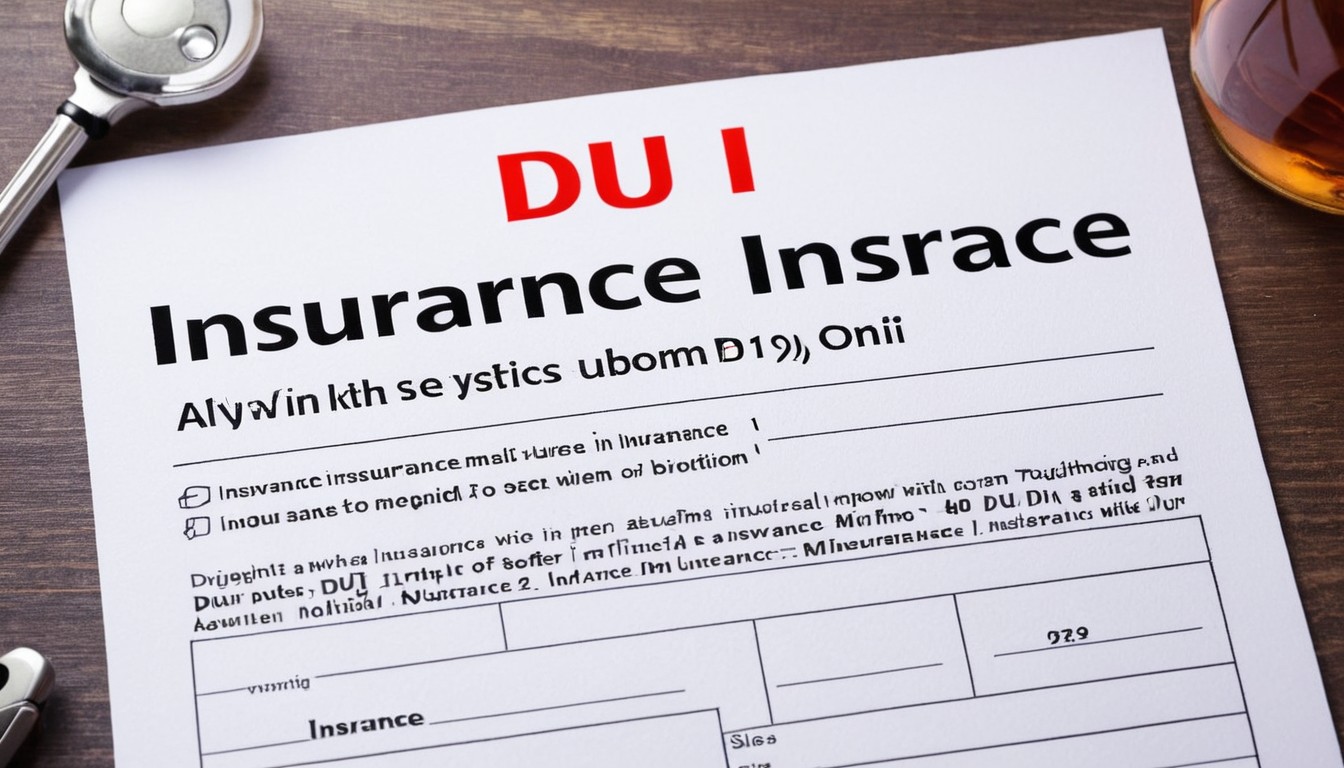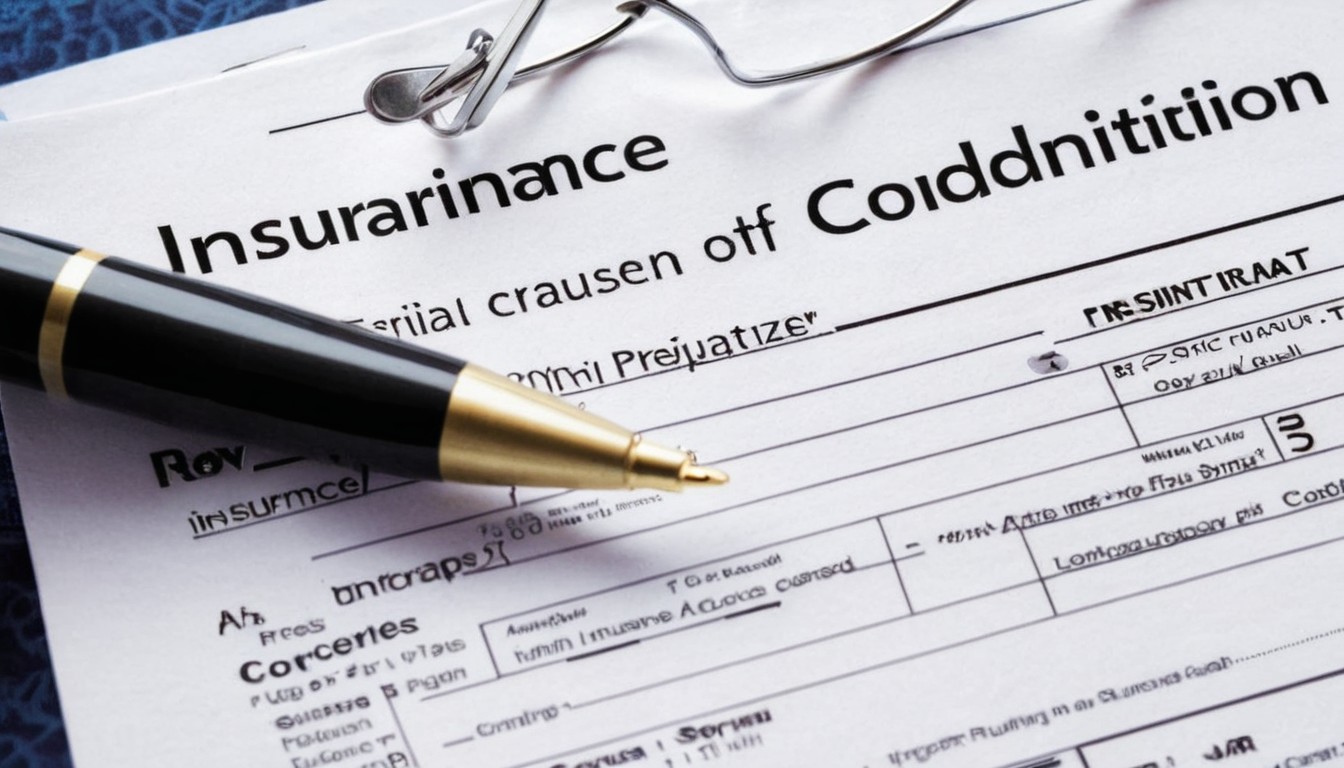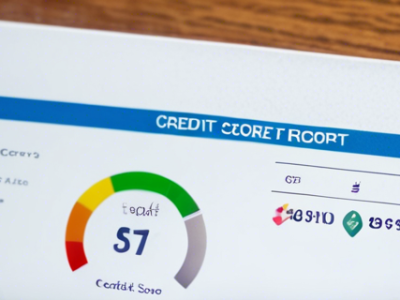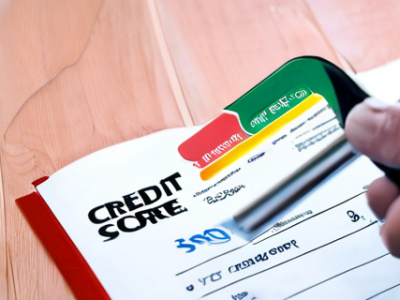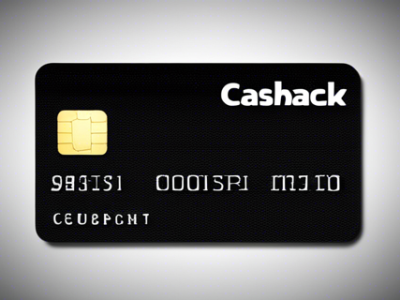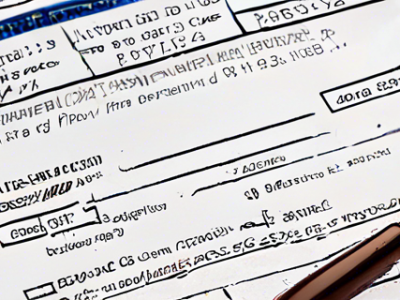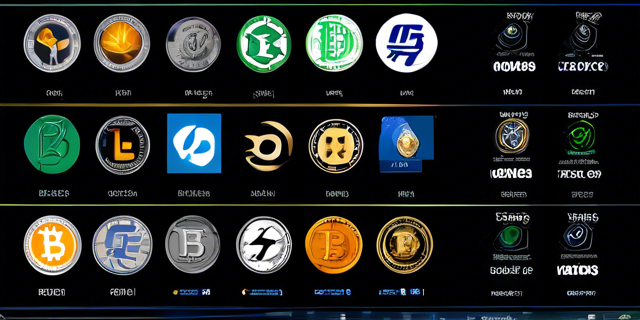Finding the Best 7 Year Personal Loans for Large Debts

Best 7 Year Personal Loans for Large Debts
Taking out a lengthy 7 year personal installment loan allows borrowers struggling with sizable credit card, medical, or other high cost debts to consolidate balances at lower fixed interest rates. But qualifying for these longer-term personal loans and identifying competitive lenders requires consideration.
This guide examines smart strategies for leveraging 7 year unsecured loan products prudently. We’ll explore specialized lenders, loan types, impacts on credit, payment structuring, and pitfalls to avoid when financing high debts over longer repayment periods.
Why Choose 7 Years to Pay Down Large Debts
Selecting the right loan duration is crucial when tackling substantial accumulated debts exceeding $25k potentially. Short 12 or 24 month terms bring unaffordable monthly payments too difficult to manage on top of normal household budgeting. Meanwhile lengthy 10 year terms charge exorbitant extra interest costs over the decade.
Seven year installments strike the ideal balance between reasonable affordability through lower monthly payments and minimized interest expenses compared to shorter durations. Sure you pay some additional total interest across the 84 payments. However this added cost stays manageable and lets borrowers eliminate intimidating debt burdens gradually.
Typical advice suggests limiting debt payments to less than 20% of take home income. Extended 7 year terms for larger credit card or medical debts ensure this recommended ceiling stays achievable each month. Paying transaction interest beats drowning in revolving credit card balances growing at 20% yearly.
Specialized Lenders For High Debt Situations
Not all personal lending sources cater to borrowers dealing with six-figure debt loads. Local banks or credit unions for example may cap unsecured loan amounts at $40k. And newer peer-to-peer lending networks might lack capacity to finance sums beyond $100k.
Instead those struggling with considerable preexisting debts should target established national lenders specifically focused on high balance debt consolidation like:
- Lightstream – Offers sizable loans up to $100k with long 7 year terms for credit card consolidation. Considerably low interest rates from 4.29% APR.
- SoFi – Top online lender providing large personal loans exceeding $100k with 7-10 year terms competitive fixed rates starting under 6% for prime borrowers.
- Lending Club – As an early pioneer in peer-to-peer lending, Lending Club has the funding partnerships and capacity to facilitate substantial debt consolidation loans up to $40k for consolidation.
Such lenders possess the lending resources and risk tolerance specifically to make sizable 7 year term personal loans to consumers challenged with heavy pre-existing debts. Focus loan shopping efforts on industry leaders best equipped for these unique high debt scenarios.
Impact on Credit Scores and Reports
A clear impediment for borrowers dealing with mounting debts involves already poor credit scores and loan approval odds from traditional institutions. Yet taking on new debt just exacerbates score problems temporarily.
Understand that credit scores and reports usually drop a few points instantly when opening new accounts due to reduced average account age and higher usage rates. This holds true even when consolidating debts under a lower rate. So expect FICO ratings to initially decline around 10-20 points typically after taking out 7 year personal loans.
The good news? Responsibly managing this new lowered interest consolidation loan over time actually bolsters scores more profoundly long run. Paying down balances monthly demonstrates positive credit management habits improving your rating year over year. Just focus on making consistent payments, not short term score fluctuations.
Weighing Fixed Rates vs Variable Rates
A pivotal decision borrowers face when financing large quantities long-term involves choosing between fixed or variable interest rates. Which option works better for 7 year debt consolidation loans?
- Fixed Rates remain locked for the 7 years regardless of economic changes or Prime Rate movements. This guarantees predictable loan budgeting protecting against rising interest and payments.
- Variable Rates fluctuate across the years depending on Prime Rate indicators. Initial rates start lower but may jump higher over the 7 years as markets shift. This uncertainty makes financial planning harder.
Evaluating Federal Reserve activities can inform rate expectations. Yet economic forecasting even among bankers largely proves guessing. Factoring in risk tolerance and being comfortable with higher variable payments possibilities makes fixed single digit rates appeal most to consolidate substantial long term debts prudently.
Alternative Loan Options to Consider
While unsecured 7 year personal loans work for most looking to consolidate credit balances under 10% APR, some situations may warrant exploring alternative debt relief lending options including:
- 401k/IRA Loans – Borrowing against existing retirement savings allows access to larger loan amounts with very low interest rates around 5%. Just ensure contributions continue and loans get repaid to avoid permanent tax implications.
- Home Equity Loans – Open equity within a home often permits sizable 10+ year loans at cheap rates under 5%. Drawbacks exist like closing costs and risks losing your house so compare terms to alternatives cautiously.
- Auto Collateral Loans – Institutions like LoanMart enable borrowers to leverage paid-off vehicles as collateral for fixed rate loans even with bad credit. Putting up an asset provides access to cheaper interest loans with flexible repayment options.
- Shared Appreciation Agreements – Unique providers like TimePayment proffer home equity investments in exchange for a shared 7 year lien without required monthly installments. While complex, this avoids burdensome payments while accessing funds.
In limited cases, secured debt options like borrowing against a home may beat unsecured 7 year interest rates enough to pursue alternatives worth learning more about.
Pay More Than Minimums to Save Big
One often overlooked tactic that pays when addressing long term debts includes consistently paying above lenders’ minimum owed amounts monthly. Making extra principal payments each period pays the debt down faster by finalizing loans early without penalties.
Most installment lenders apply excess payments straight to reducing principal loan balances. Knock even an extra year or two off a 7 year debt alleviates interest fees notably. Run your own amortization calculator estimates to quantify potential savings paying marginally more upfront when feasible.
Say paying an extra $150 monthly on a $75k loan means clearing all debt across 6 years instead of 7 years. That last year avoided saves over $5k in interest assuming a 9% APR! Small extra amounts can multiply rewards lowering principal rapidly.
Be Wary of Payment to Income Ratios
Banks scrutinize applicant’s debt-to-income (DTI) ratios closely when approving financing. This calculates minimum required payments across all debts divided by gross monthly income. While commonly overlooked by borrowers, lenders avoid overextending consumers carrying too many existing and new debt obligations.
General lending guidelines suggest:
- Auto loan payments should not exceed 15% of gross income
- Student loan payments should not exceed 10% of gross income
- Mortgage payments should not exceed 28% of gross income
- Minimum credit card payments should not exceed 10% of gross income
Accumulated commitments forcing borrowers to allocate over 40% of their salaries just toward debt repayment raises issuer alarms. Even with stellar credit, lenders balk at overleveraged applicants saddling themselves with excessive repayment burdens for years. Calculate your own DTI rations beforehand using this DTI calculator.
Closing Considerations on Large 7 Year Debt Consolidation Loans
- Shop specialized lenders able to facilitate sizable loans exceeding $50k+ with lengthy 7-10 year terms to pay off substantial credit card or medical debts. More mainstream personal loan companies lack capacity to address these larger cases.
- Opt for fixed rates instead of variable rates to lock in consistent monthly payments amounts and smoothing household budgeting. Make repayment planning predictable.
- Boost monthly payment amounts when possible paying down principal faster. Even small increments produce major savings shortening higher interest debts aggressively.
- Monitor changes in credit reports and FICO scores using free tools from Experian and CreditKarma. Scores may dip initially opening new accounts before improving long run through responsible management.
With careful planning and smart borrowing practices, extended 7 year personal loans enable borrowers weighed down by piles of high interest credit card or excessive fee debts to consolidate and eliminate balances prudently over time.
Conclusion
Financing large unsecured debts exceeding $50k benefits greatly from lengthy 7 year personal loan terms to ensure affordable monthly payments. Specialized national lenders like Lightstream, SoFi, and LendingClub provide fixed rate consolidation products specifically for these high debt situations.
Just be realistic about increasing near term debts impacting credit ratings and budget ratios before improving scores long run through responsible loan management. Consolidating crippling debts over 7 years finally offers brighter financial futures.
FAQs
What minimum credit score is recommended to qualify for a 7 year personal loan?
Borrowers should target credit scores over 680 to boost approval odds for sizeable 7 year personal loans from leading lenders.prime applicants enjoy the largest loan amounts and lowest interest rates. Those with scores between 650-679 see higher rates but possible approvals.
Should I use home equity to pay off loans over 7 years instead?
In some cases, yes – tapping low interest HELOC loans or cash-out mortgage refinancing below 5% beats unsecured personal loan rates. This does risk your home as collateral however. Compare terms carefully before using home equity to consolidate other more expensive debts. Know the risks.
What Traps should I avoid when taking out lengthy 7 year personal loans?
Be wary of variable rates that may spike monthly payments over 7 years. Confirm if and when extra principal payments directly reduce loan balances. Make sure no early termination penalties or fees apply. Finally ensure your budget can truly support another 6-7 year debt commitment by calculating your debt-to-income ratio first. Avoid overextending yourself.
Where can I use a personal loan calculator to estimate 7 year monthly payments?
Sites like Credit Karma, NerdWallet LendingTree, and SoFi offer free online personal loan calculator tools. Input your actual loan amount, ideal terms like 7 years, and estimated APR to view customized monthly payment estimates. Tinkering with variables maps out budgets.
Can I qualify for a $100k 7 year personal loan to consolidate high interest credit cards?
Yes, top tier lenders like Lightstream, Sofi, and LendingClub offer sizable 7 year installment loans up to $100k for borrowers with good credit seeking extensive high interest rate credit card consolidation. Just ensure your income and payment history supports managing another debt of this size.


